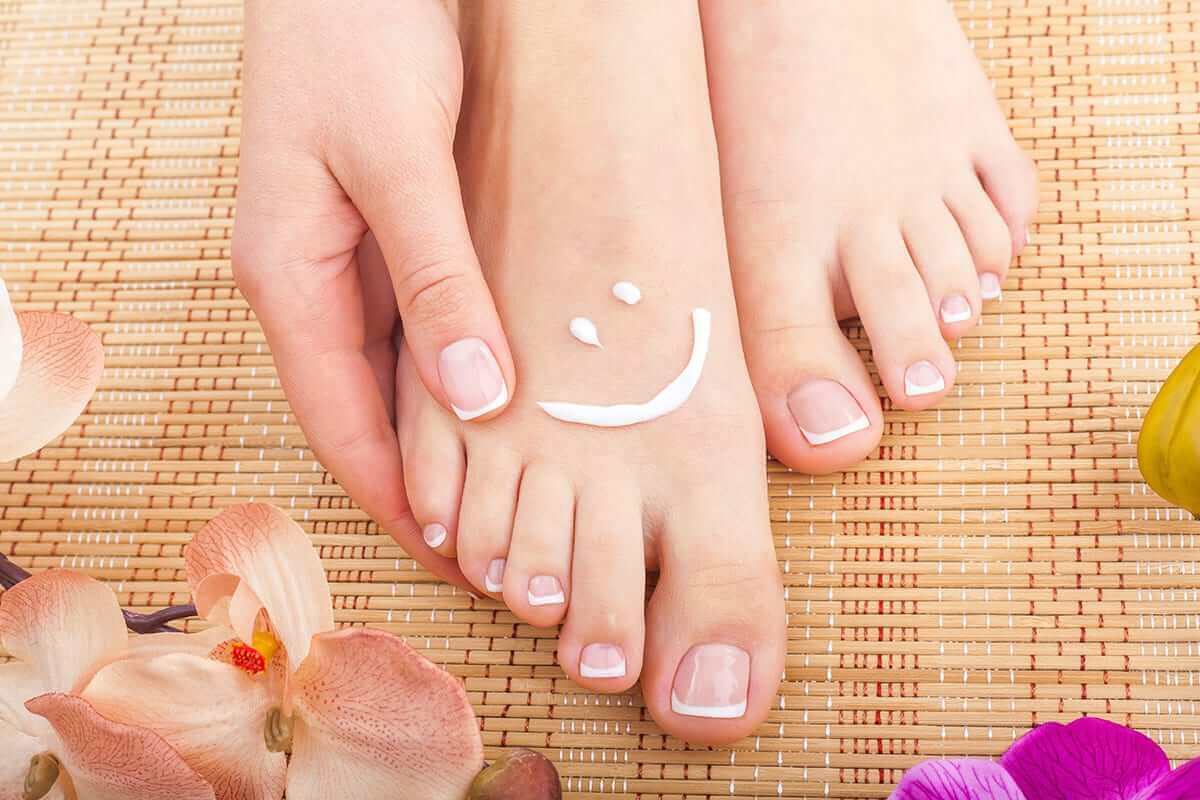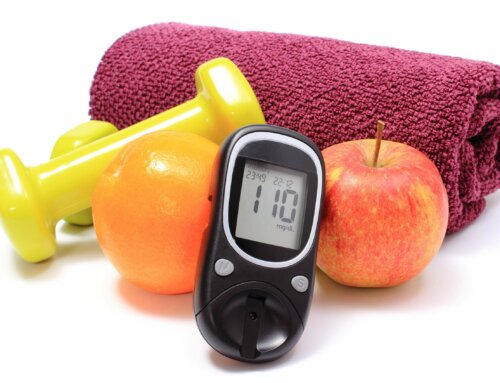According to The American Podiatric Medical Association, “more than 65,000 lower limbs are amputated yearly from diabetes complications. Including a podiatrist in your diabetes care plan can reduce the risk of lower limb amputation up to 85% and lower the risk of hospitalization for foot problems up to 24%”.
While teaching this week, I instructed 3 different patients who had simple ingrown toe nails which had been neglected or dealt with by the patients themselves; unfortunately, each patient’s nail had become infected. They commented on their foot pain during the session which I then confirmed with a visual check. I recommended they consult a podiatrist immediately after our visit and luckily I was able to help them get an appointment. Ingrown toenails may seem benign, but not when you have diabetes. Due to circulation issues and possible nerve damage, this condition can escalate into a major problem. Seeing a podiatrist as part of your diabetes treatment plan (whether it is monthly, quarterly, or yearly) makes sense since then you will have an established relationship with a doctor if or when a foot issue occurs. Medicare and Medicare Advantage plans will cover this service when you have diabetes.
Let’s examine what ingrown toe nails are and what can be done to reduce the risk.
What are ingrown toe nails? They occur when the nail edge grows down and enters into the skin of the toe. They generally occur on the big toes.
What are some causes? There are many possible causes including wearing shoes that do not fit. Improper nail trimming, either keeping them too long or cutting them too short, can be a cause. Another reason can be due to a toe injury from kicking or banging into something. Some people are genetically prone to this condition since the nail grows down and curved. Nails that are cut in a rounded angle are also more at a risk. Thick, discolored fungal nails that are not trimmed correctly can result in an ingrown nail. People who tear or pick at the nail are also more at risk.
What does an ingrown toe nail feel like? It can be red, throbbing, cause pain, irritated, swollen, and tender to the touch or have a pocket of pus around it. You may even get a fever due to an infection. People who have diabetes should never self treat. They often have a weakened immune system which prevents healing; ingrown toe nails can cause a serious problem, leading to a bone or systemic infection called cellulitis.
Should I see a podiatrist; what will they do?
Yes, they will evaluate the situation and treat with antibiotics. They may lift the nail with a temporary anchor such as cotton or dental floss. They may remove a portion of the nail which will eventually grow back. They could use a laser or surgery to permanently remove the part of the nail which continues to bend alleviating the problem forever. Foot screenings at the podiatrist will also include a skin/temperature test, a monofilament test for sensation, and a test for reflexes. The podiatrist will look for corns, bunions, calluses, heel/bone spurs as well as any open wounds or deep cracks in the skin. They will check the skin for athlete’s foot which usually presents on the sole or between the toes. They will check toe nails for fungus. They may suggest X-rays, a wound care center, or further treatment depending on the condition of your feet.
What can be done to help prevent ingrown toenails and other routine foot conditions?
Start with wearing shoes that fit properly. You should get fitted by a professional and be standing when fitted. Realize that foot size can change with fluid build up, pregnancy, age, time of day, and weight gain or loss. Shop for shoes late in the day when your feet are slightly swollen. Make sure both feet are measured since they are often different sizes. Always accommodate the larger foot. Bring socks with you for proper fitting and protection. Purchase diabetes socks without seams that have a sufficient ankle circumference to prevent constriction. Make sure the toes are able to move up and down in the toe box. The foot width is an extremely important measurement; make sure the foot does not feel cramped. Walk in the store on a hard floor surface as well as a carpeted area. In the beginning, break in new shoes slowly by wearing them just an hour or two a day. Bring in your old shoes to show the professional how you foot wears down the shoe. Get shoes with ankle collars if you have weak ankles to help with support. Use gel pads or orthotics to give you comfort and cushioning; even over-the-counter insoles may help with stability and pressure points. Think about soles that have rubber or treads to prevent skidding or tripping. Recognize if you have normal, high arches, or flat feet for a better fit. Look for slip on shoes if you have trouble bending or reaching. Purchase a shoe horn. Avoid heels higher than 2 inches and avoid ballet slippers, which have little or no support. Look for shoes with wedges which balance the entire weight of the foot. Purchase Peds socks (short thin sock liners) to prevent the foot from rubbing in the shoe. Men should look for shoes that breathe, including leather or canvas, and avoid plastic or water-proof shoes – which increase perspiration.
Even more tips:
- Make sure to purchase house slippers and pool shoes while shoe shopping.
- You can use socks with grips on the bottom to prevent sliding on a tile floor instead of slippers.
- Take off pool shoes when out of the water and dry feet immediately to keep fungus at bay.
- Keep nails trimmed using a nail clipper and clip straight across instead of rounding the nail. If you have poor vision or find it difficult to bend or reach consult a podiatrist. If you have any foot changes consult a podiatrist immediately.
- Do not pick or tear your toe nails.
- Keep your feet clean and dry.
- Switch up shoes and let shoes dry out between days to reduce fungus build-up.
- You can even spray the inside of shoes with a disinfectant (such as Lysol) to help lower your risk of fungus.
- Use a moisturizer to keep heel cracks at a minimum; skin cracks can introduce bacteria into the body. Use cornstarch powder to decrease perspiration between the toes.
- Check your own feet daily.
- Never walk barefoot indoors or outdoors.
- Exercise to help keep up circulation.
- Do not smoke.
These are just a few tips to help keep your feet injury free. They are easy to follow and will help prevent some common problems when you have diabetes!
NOTE: Consult your Doctor first to make sure my recommendations fit your special health needs.







Thank you for your diabetes news column. I was diagnosed with type1 diabetes 51 years ago at age 15. I remain active, healthy, and happy!!! How about that?